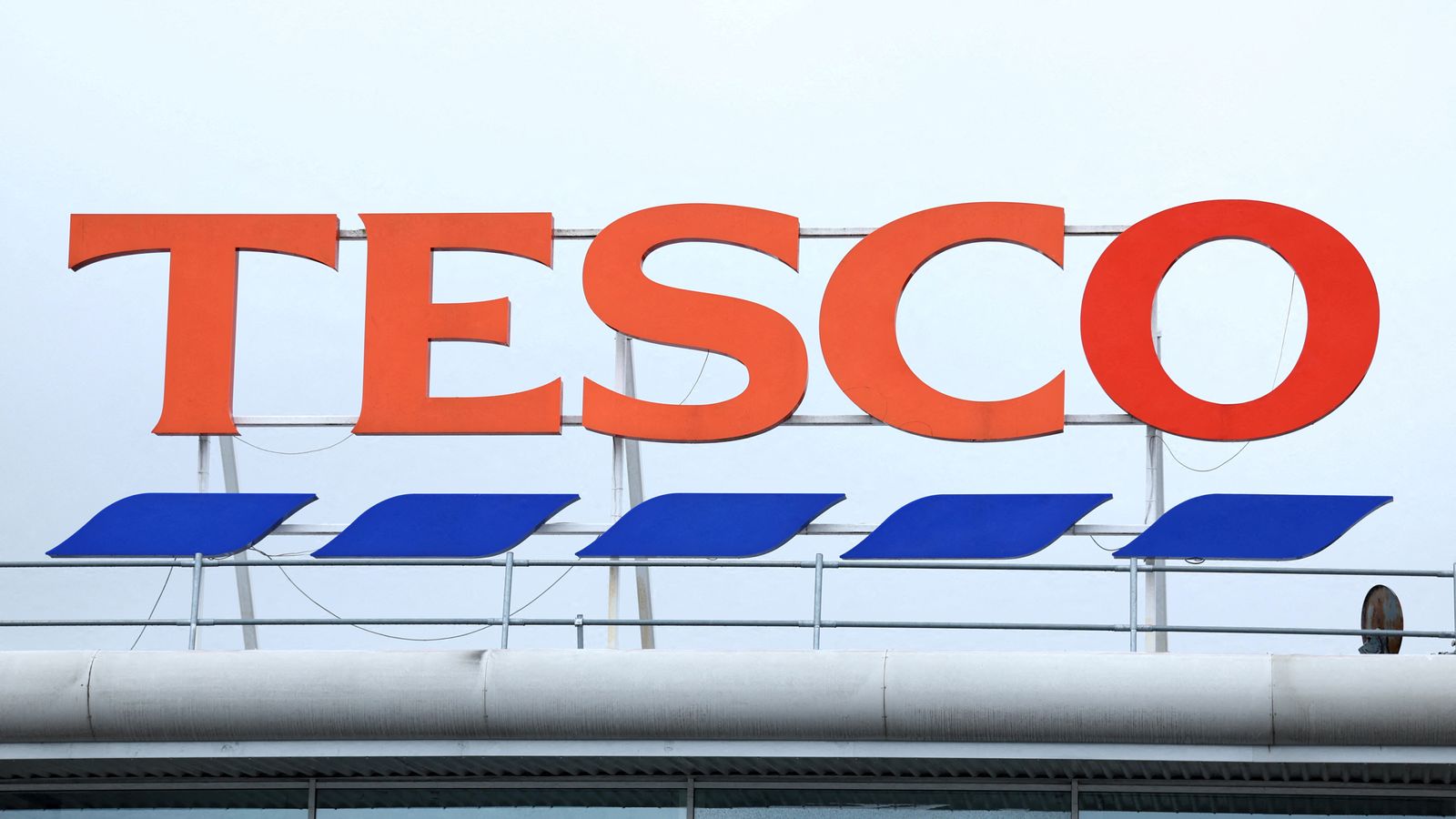Trump’s tariffs may be the wake-up call India needs

Donald Trump’s return to the White House has revived his signature style of economic policy: leading with grievance, a deeply nostalgic vision of global trade, imposing punitive tariffs and a quest for deals. The effects on the US and its trading partners have been chaotic. Whilst analysts try to predict the impact from the shattered pieces of regional and global trade agreements and norms, for India, this knock might be the wake up call it desperately needs. At first blush, Trump’s tariff threats seem like trouble. India runs a healthy trade surplus with the US and leans heavily on the services sector – particularly IT exports – to offset an underwhelming manufacturing base. Any disruption could hurt the comfortable status quo. But look closer, and Trump’s renewed protectionism might just be the push India needs to confront its own illusions of industrial grandeur. Infant industries, elderly outcomes India has long shielded its domestic industries with high tariffs, licensing regimes, and localisation mandates. However, decades of “infant industry” protection have produced surprisingly few grown-ups. With an average applied tariff rate of 17% in 2023, India ranks among the most protectionist large economies. In contrast, South Korea’s average applied tariff was 13.6%, China’s was 7.5%, and Indonesia’s stood at 8.1%. Unlike South Korea or China that used protection as a launchpad, India has rarely used it to build global champions. The result is a manufacturing sector that often survives on regulatory patronage, not global competitiveness. Even the “Make in India” campaign, launched with much fanfare in 2014, has underdelivered. A decade of subsidies and tax breaks has largely benefited politically connected conglomerates, while structural bottlenecks – land, logistics, power – remain unresolved. India’s share of manufacturing in GDP has actually fallen to just over 13% in 2023 from 17% in 2014. Yes, Apple now assembles some iPhones in India and indications are that Foxconn and its Indian partners will further scale up production to source all US bound iPhones from India. But a screwdriver economy is not a semiconductor ecosystem. The gap between assembling global products and designing them is a chasm, not a step. Gems, generics and ghost brands If India has benefited from exporting goods to the US, it’s worth asking what, exactly, it has been exporting. The answer is revealing to just over 13% in 2023 and not always flattering. India’s top merchandise exports to the US include precious stones and jewellery, pharmaceuticals, and textiles and apparel. But look past the headline numbers, and the brand story is conspicuously underwhelming. Take jewellery. India is the world’s largest diamond cutting and polishing hub, but not one of its homegrown jewellery brands – whether it’s Tanishq, Kalyan Jewellers, or Malabar Gold – has cracked the global luxury market. Indian diamonds may glitter in New York, but they do so under someone else’s label. Pharmaceuticals? India is the pharmacy of the Global South, but even here, firms like Sun Pharma, Dr Reddy’s, and Cipla largely supply generics. They do it efficiently and at scale – but not with the kind of innovation or intellectual property clout that puts them in the same league as Pfizer or Roche. Indian generic manufacturers too remain largely reliant on China for active pharmaceutical ingredients. In 2022-’23, nearly $3.2 billion of APIs, representing 70% of India’s API imports, came from China. Textiles? India produces vast volumes of cotton garments and home furnishings but few people in London, Milan, New York or Paris have ever heard of Raymond, Arvind, or FabIndia. These are competent domestic brands, but they have not scaled internationally or become aspirational names abroad. This is not to disparage the industries themselves. They employ millions and have sustained India’s trade account. But it is worth recognising the reality: India is exporting volume, not value. We move commodities and generics, not marquee names or design-first products. Even as India boasts of being the “next China,” its export profile remains closer to Bangladesh –garments, gems and generics. The absence of global Indian brands in consumer goods is not incidental. It is a consequence of years of protectionism that incentivised survival over scale, and regulatory complexity that discouraged risk. It is also a reminder that countries cannot build world-beaters by shielding companies from competition. Flirting with FTAs, fleeing the aisle Trump’s tariffs and his willingness to target allies should prompt India to diversify. For years, it has flirted with free trade agreements only to back away when the commitment got serious. Negotiations with the European Union began in 2007, stalled in 2013, resumed in 2022 – and remain inconclusive. Talks with the United Kingdom have stretched to 13 rounds. Even the Association of Southeast Asian Nations, with whom India signed a free trade agreement in 2009, has given more red ink than returns – a $43 billion trade deficit in 2022-’23. By contrast, Vietnam, a smaller, poorer country, has shown what a committed free trade agreement strategy can deliver. Hanoi has signed more than a dozen trade agreements, including with the European Union, Japan, South Korea, and even as part of the mega Comprehensive and Progressive Agreement for Trans-Pacific Partnership. Rather than fear competition, Vietnam used free trade agreements to turbocharge exports, attract investment, and embed itself in global supply chains. Vietnam’s exports have surged to over $372 billion in 2022 from $176 billion in 2016. It has emerged as a key manufacturing hub for electronics, footwear, garments and even computer chips. Samsung assembles phones there, Nike makes shoes there, and Intel runs chip facilities there. India, by comparison, is still negotiating the fine print. Granted that India has valid fears about the risk that unfettered import of cheap agricultural products, including dairy and chicken, can do to the rural economy, and sufficient safeguards are necessary. However, many of the challenges are structural and need to be addressed without further complacency. India needs to create large-scale jobs in manufacturing and services sectors to absorb the large population currently dependent on farming. With fewer people reliant on farming, it stands a better chance of being scalable, efficient and export competitive. Compare India with another member of the BRICS quintet – Brazil. While agriculture accounted for 45% of employment in India in 2023, that figure was 8% in Brazil. Farming formed 15% of India’s GDP that year but only 6% of Brazil’s. Despite this, while the agriculture sector contributed only 10% of exports for India, it formed 49% of Brazil’s exports. Ironically, it may take an unpredictable trading partner to push India toward more stable ones. If Washington proves unreliable, Brasilia, Brussels, London and Jakarta might start to look for safer bets. India’s real exports wear suits India is an unusual developing country in that its comparative advantage lies not in low-cost manufacturing but in services – IT, finance, back-office operations. In 2022-’23, services exports stood at $323 billion, nearly 40% of India’s total exports, and a majority of that went to the US. Rather than fixate on manufacturing tariffs, India should be leveraging trade talks to protect its real strength. That could mean offering modest market access in exchange for visa liberalisation, digital access or regulatory cooperation. Let American chicken cross our border, if it helps more Indian professionals cross the American one. In fact, a carefully negotiated deal on imports could yield more than just chicken meals. India stands to gain from high-quality medical equipment, which could upgrade its strained public health system; clean energy technologies, essential for a credible energy transition; and advanced aviation systems, critical to managing a rapidly expanding aviation sector. These are not threats to Indian sovereignty –they are tools for its modernisation. And yes, chicken still matters. The average Indian consumes just 4.5 kg of it a year, compared to over 20 kg in Brazil or Malaysia. Over 35% of Indian children are stunted, and 70% of Indians fall short of protein requirements. Notwithstanding noises on the right, affordable protein is not cultural surrender – it’s a public health necessity. India’s total trade with the US stood at $128.8 billion last year. Goods exports accounted for $50.5 billion – but the real story lies in services. And that’s what India should be playing to. Here too, there is work to be done. With the looming threat of artificial intelligence, Indian IT majors cannot rely on low value business process outsourcing work to sustain export markets and will have to move up the value chain to develop products. Yet, services are still more likely to sustain exports than either agriculture or manufacturing.. Negotiating with the showman Then there’s the matter of negotiating with a showman who wants a win or at least the appearance of one. That should necessarily be a problem. India can let him declare victory on a few symbolic fronts, while quietly locking in long-term advantages in services, market access, and trade diversification. The challenge is domestic. Trump’s tariffs are not a crisis. They are a provocation – one that could help India move past protectionist habits that have long outlived their purpose. It is an opportunity to build real competitiveness, rather than rely on slogans and subsidies. Trump may not mean to help India. But he may end up doing just that. Robin Koshy is a consultant based in London.


















